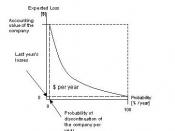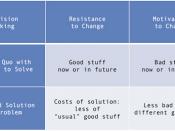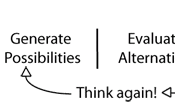1. Introduction & Summary
2. Probabilistic Modeling: From Data to a Decisive Knowledge
3. Decision Analysis: Making Justifiable, Defensible Decisions
4. Elements of Decision Analysis Models
5. Decision Making Under Pure Uncertainty: Materials are presented in the context of Financial Portfolio Selections.
6. Limitations of Decision Making under Pure Uncertainty
7. Coping with Uncertainties
Making decisions is certainly the most important task of a manager and it is often a very difficult one. This site offers a decision making procedure for solving complex problems step by step.It presents the decision-analysis process for both public and private decision-making, using different decision criteria, different types of information, and information of varying quality. It describes the elements in the analysis of decision alternatives and choices, as well as the goals and objectives that guide decision-making. The key issues related to a decision-maker's preferences regarding alternatives, criteria for choice, and choice modes, together with the risk assessment tools are also presented
Introduction & Summary
Rules of thumb, intuition, tradition, and simple financial analysis are often no longer sufficient for addressing such common decisions as make-versus-buy, facility site selection, and process redesign.
In general, the forces of competition are imposing a need for more effective decision making at all levels in organizations.
Decision analysts provide quantitative support for the decision-makers in all areas including engineers, analysts in planning offices and public agencies, project management consultants, manufacturing process planners, financial and economic analysts, experts supporting medical/technological diagnosis, and so on and on.
Progressive Approach to Modeling: Modeling for decision making involves two distinct parties, one is the decision-maker and the other is the model-builder known as the analyst. The analyst is to assist the decision-maker in his/her decision-making process. Therefore, the analyst must be equipped with more than a set of analytical...


